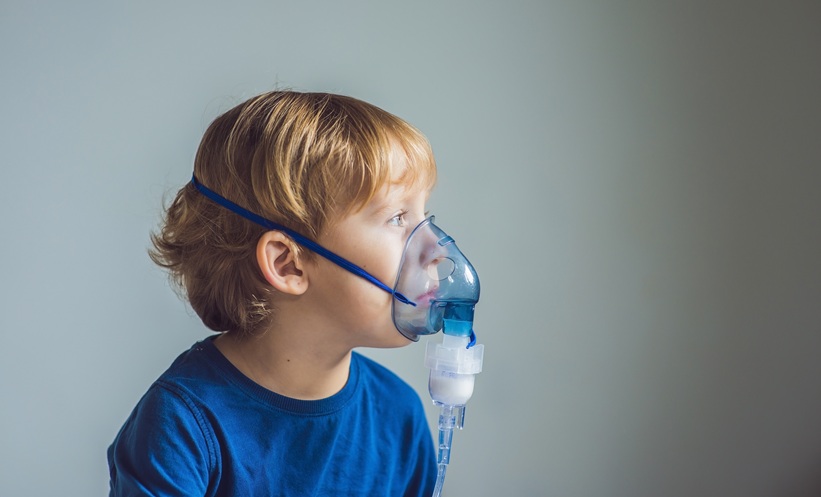WEARING a KF80 mask while exercising and performing daily activities was found not to impact oxygenation and haemodynamic factors in adults with mild to moderate chronic obstructive pulmonary disease (COPD). San-Heon Kim, Hanyang University College of Medicine, Seoul, South Korea, explained: “We did not observe any impairment in oxygenation or serious changes in haemodynamic parameters,” and went on to clarify this was the case “even during strenuous exercise.”
The current study was of a single-centre, prospective, randomised crossover design, evaluating 30 adults with a median age of 71 years, with mild to moderate COPD in Seoul, South Korea. The investigators aimed to determine how face masks affect oxygen saturation and haemodynamic response to exercise and daily activities.
Oxygen saturation, heart rate, both systolic and diastolic blood pressure, electrocardiogram, and echocardiography were measured before exercise on a treadmill with a mask on. The same measures were then taken after exercise. Participants were also required to wear a mask for 24 hours while conducting their normal day, to see how these same measures changed from baseline. Oxygen saturation and haemodynamic responses during exercise and daily activities were also evaluated without wearing a mask in all patients.
Results demonstrated significant reduction in oxygen saturation after exercise both with a mask (baseline median: 96%; interquartile range [IQR]: 94–97 versus after 91%; IQR: 86–93; p=0.001) and without (baseline: 96%; IQR: 95-97 versus after 91%; IQR: 86–94; p=0.001), resulting in the same lowest percentage saturation.
In a subgroup analysis, those with less than 5% oxygen saturation changes while exercising (n=14) did not significantly differ from those with a change of at least 5% (n=16) when evaluating how wearing masks differed between both sets of adults. Testing with and without a mask both showed heart rates above baseline, and a comparable maximum heart rate at peak exercise.
The researchers concluded that based on the observed changes, blood pressure and heart rate did not significantly vary based on mask wearing. Kim acknowledged a limitation in this research, in that “we did not measure the end-tidal carbon dioxide or respiratory rate,” and suggesting parameters for follow-up investigations to include.
Future study is warranted on a larger cohort with a more even male to female split, comparing different mask types on a wider spectrum of patients with COPD, and assessing long-term consequences to provide more insight into this field.








